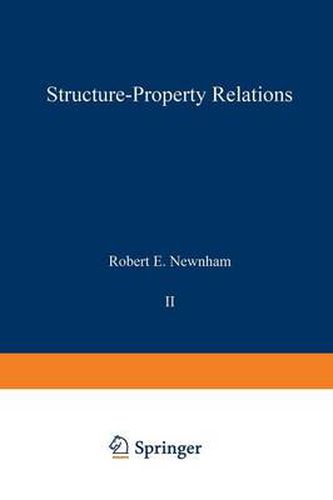Readings Newsletter
Become a Readings Member to make your shopping experience even easier.
Sign in or sign up for free!
You’re not far away from qualifying for FREE standard shipping within Australia
You’ve qualified for FREE standard shipping within Australia
The cart is loading…






This title is printed to order. This book may have been self-published. If so, we cannot guarantee the quality of the content. In the main most books will have gone through the editing process however some may not. We therefore suggest that you be aware of this before ordering this book. If in doubt check either the author or publisher’s details as we are unable to accept any returns unless they are faulty. Please contact us if you have any questions.
As a boy I loved to build model airplanes, not the snap-together plastic models of today, but the old-fashioned Spads and Sopwith Camels made of balsa wood and tissue paper. I dreamed of EDDIE RICKENBACKER and dogfights with the Red Baron as I sat there sniffing airplane glue. Mother thought I would never grow up to make an honest living, and mothers are never wrong. Thirty years later I sit in a research laboratory surrounded by crystal models and dream of what it would be like to be 1 A tall, to rearrange atoms with pick and shovel, and make funny things happen inside. Professor VON HIPPEL calls it Molecular Engineering, the building of materials and devices to order: We begin to design materials with prescribed properties, to under stand the molecular causes of their failings, to build into them safe guards against such failure, and to arrive at true yardsticks of ultimate performance. No longer shackled to presently available materials, we are free to dream and find answers to unprecedented challenges. It is this revolutionary situation which makes scientists and engineers true allies in a great adventure of the human mind [1]. This book is about structure-property relationships, more especially applications of crystal chemistry to engineering problems. Faced with the task of finding new materials, the crystallographer uses ionic radii, crystal fields, anisotropic atomic groupings, and symmetry arguments as criteria in the materials selection process.
$9.00 standard shipping within Australia
FREE standard shipping within Australia for orders over $100.00
Express & International shipping calculated at checkout
This title is printed to order. This book may have been self-published. If so, we cannot guarantee the quality of the content. In the main most books will have gone through the editing process however some may not. We therefore suggest that you be aware of this before ordering this book. If in doubt check either the author or publisher’s details as we are unable to accept any returns unless they are faulty. Please contact us if you have any questions.
As a boy I loved to build model airplanes, not the snap-together plastic models of today, but the old-fashioned Spads and Sopwith Camels made of balsa wood and tissue paper. I dreamed of EDDIE RICKENBACKER and dogfights with the Red Baron as I sat there sniffing airplane glue. Mother thought I would never grow up to make an honest living, and mothers are never wrong. Thirty years later I sit in a research laboratory surrounded by crystal models and dream of what it would be like to be 1 A tall, to rearrange atoms with pick and shovel, and make funny things happen inside. Professor VON HIPPEL calls it Molecular Engineering, the building of materials and devices to order: We begin to design materials with prescribed properties, to under stand the molecular causes of their failings, to build into them safe guards against such failure, and to arrive at true yardsticks of ultimate performance. No longer shackled to presently available materials, we are free to dream and find answers to unprecedented challenges. It is this revolutionary situation which makes scientists and engineers true allies in a great adventure of the human mind [1]. This book is about structure-property relationships, more especially applications of crystal chemistry to engineering problems. Faced with the task of finding new materials, the crystallographer uses ionic radii, crystal fields, anisotropic atomic groupings, and symmetry arguments as criteria in the materials selection process.